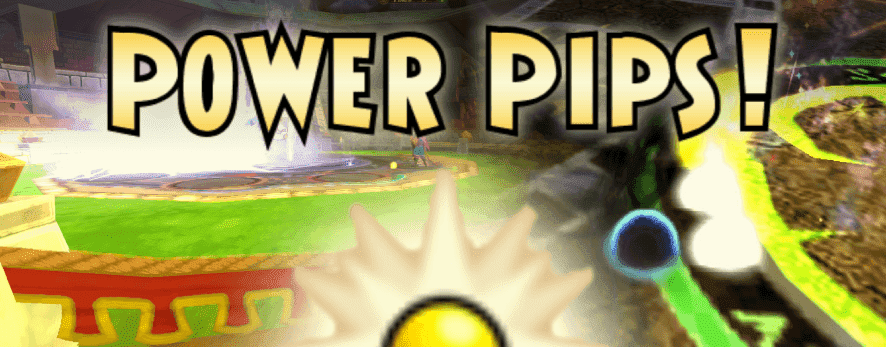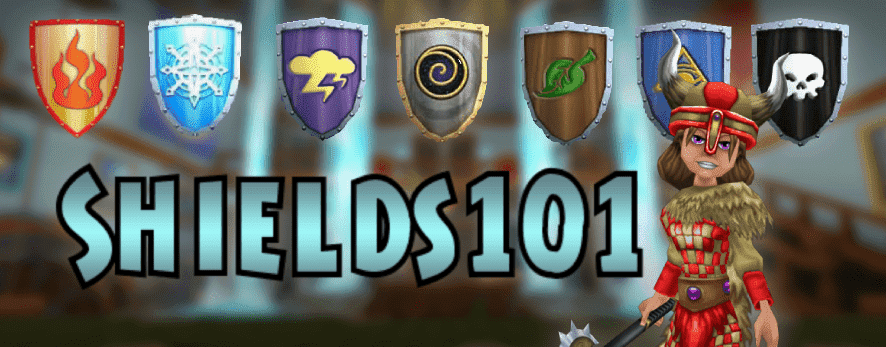What are Jewels?
Jewels are items in the game that can be added–affixed–to equipment. (Athames, rings, amulets, decks, and even pets!) There are five different types of jewels–circle, triangle, square, tear, and star. Each different shape gives different boosts to stats.
Square jewels boost resistance, stun block, critical block, and incoming healing percent.


 (The square, tear, and triangle shape jewels.)
(The square, tear, and triangle shape jewels.)
Triangle jewels boost shadow pip percent, power pip percent, accuracy, and can grant cards.
Tear jewels increase mana, health, energy, and fishing luck.
Circle jewels boost damage percent, critical chance percent, and outgoing healing percent.
Star jewels are equipped to pets, and can offer a multitude of different things; accuracy, cards, damage, resistance, and can even increase your gold obtaining rate. Star jewels can also boost your pet’s attributes. (Suffice to say, star jewels can give your wizard a handy little boost.)
(Know that jewels can boost specifics as well. A square jewel that is red will give you a boost in a fire resist. Jewels that are rainbow colored are the jewels that are universal–universal resist, universal damage, universal accuracy, etc.)
![]()
![]()
When you affix–socket–a jewel to an item, you must shatter–break–it to reopen that slot. When you shatter a jewel, the jewel will usually disappear. There are exceptions to this rule, so before you affix a jewel to a piece of equipment, double check that it is, in fact, shatter-proof.
You can carry up to a hundred jewels in your bag. They can be trashed and sold, but they cannot be auctioned. You can put jewels in a bank and the shared bank.
Obtaining Jewels
Like mostly everything in the game, jewels can be obtained be farming, buying off of vendors, or crafting. (You can even find jewels in fishing chests.) Some jewels can’t be bought, some can’t be crafted, some can’t be farmed. It’s annoying, but it’s life.
To craft jewels, you need two things: the recipe and the jewel crafting station. (Which is obtained from a quest at level 15.) All jewel recipes require three fundamental things: a type of metal, a type of gem, and a type of treasure card. What type of metal, type of gem, and what type of treasure card depends on the recipe, but that’s the blanket rule.
For example, the recipe for a random ice school jewel for levels 45-65. In the bottom left, the ingredients needed are listed. 15 sapphires, 4 bronze, and 4 ice spear treasure cards.
Farming for jewels works just as farming for any other type of equipment. Do your research before setting off. Buying jewels from a vendor is just like buying gear from a vendor.



This is a novice’s wrench.
Opening Sockets
Some items have sockets that have a lock over them. This means you must open the locked socket before you can affix anything to it. This requires an item: a wrench. Different items require different wrenches. If you don’t have the correct wrench, you can pay crowns to unlock the socket. Wrenches are traditionally dropped by bosses, but a variety of bosses drop different wrenches.
Affixing Jewels
Courtney, you say, I have the jewel I want to affix, but what do I affix it to?
Great question, young grasshopper.
You affix jewels to gear you know you will be using. The better the jewel, the more you want to ensure that it will get used.
Just recently, I got my gear from Darkmoor. My ring, Band of the Chilling Light (dropped from Aphrodite, the gold skeleton key boss in the Graveyard) gives three sockets: a circle, a tear, and a square. Since I plan on using this equipment piece of a long time, I would choose to affix a good jewel, perhaps a universal resistance jewel, a health-boosting jewel, and a really good damage jewel.
The ring I used before I got this one was one I got in Zafaria. At level 66. I never replaced the ring because I had my best jewels affixed to it, and the rings I found later on never matched up to it.
When you’re a lower level, you switch gear a lot. When you’re level fifteen, there’s a good chance you’ll be using a different athame at thirty. There’s nothing wrong with that, and I highly recommend you do not use a level fifteen athame at level thirty. Don’t equip a rare/good jewel you just found to an athame you’ll use, perhaps, for five more levels. (This is a suggestion, not a requirement. What I’m trying to get at is to plan out how long you’re going to use a piece of equipment. It does no good to waste jewels you spent hours farming for.)
Shattering Jewels
This is the downside. I mentioned it above, but for almost all jewels, when you affix them, to get rid of them you must shatter them. This breaks the jewel, and you can never get that jewel back. There are jewels that are shatter-proof, but there are more jewels that aren’t. Be very careful what jewels you choose to affix.

I was very fond of the +17 ice damage as well as the +32 fire resist. I also never really found a better ring, but that could have been me forgetting to double check my gear.
The process of affixing/shattering a jewel to an item
Community Contributor Courtney PixieBreeze



















